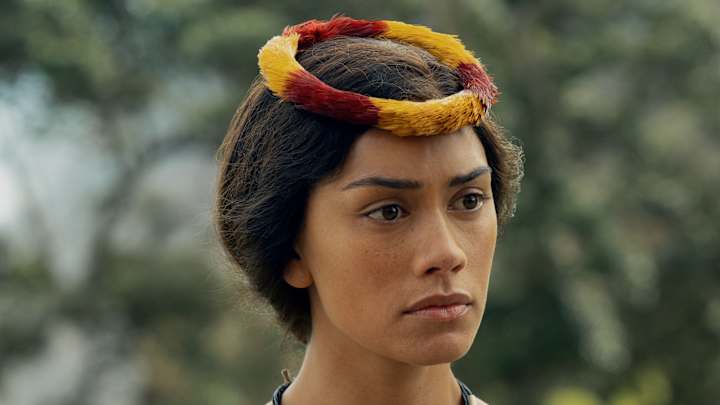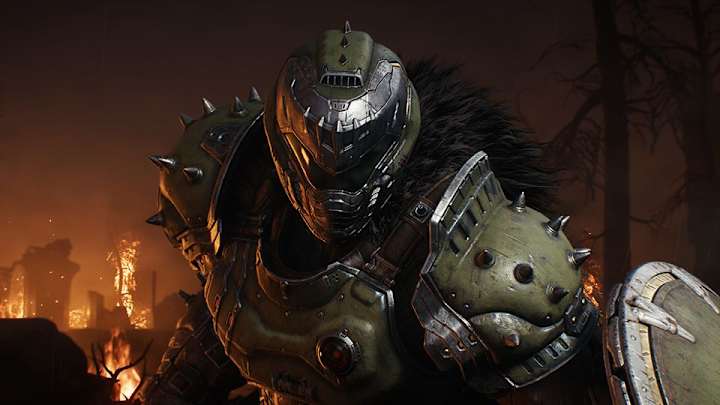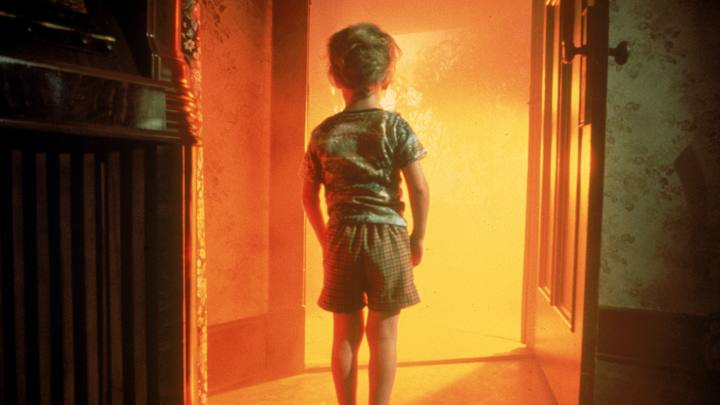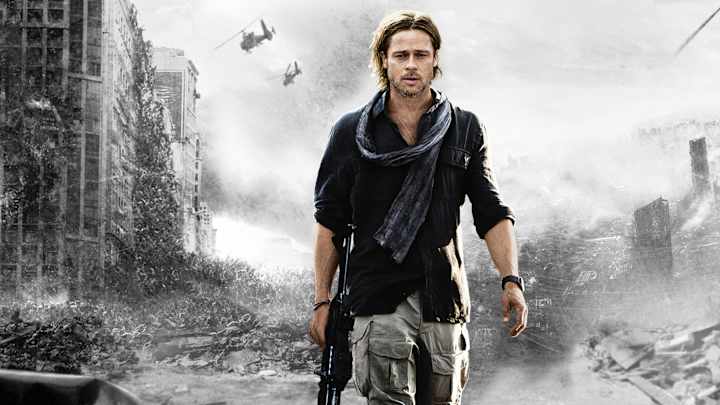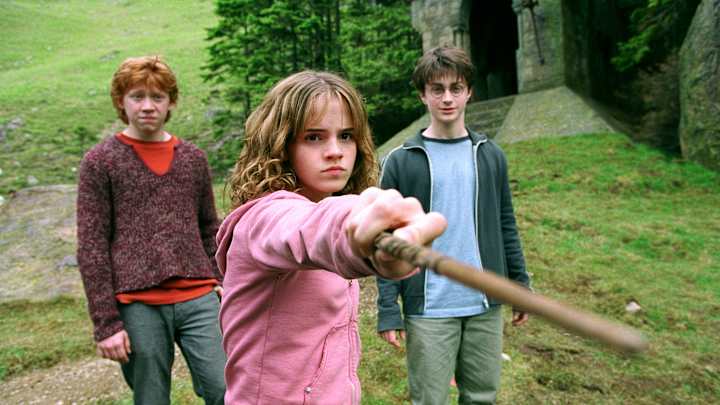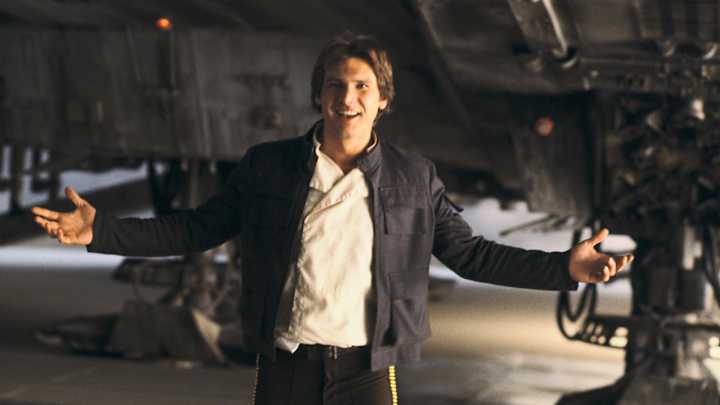The opening scene of Chief of War episode 8 wastes no time dropping us into a grim mood: Captain Metcalfe’s ruthless attack on Hawaiian villagers, cannons loaded with nails, and a chilling demonstration of how foreign threats press in on the islands. The sequence is a stark reminder that violence here is not just spectacle but a catalyst for entire communities to reel. Yet the episode quickly shifts into a war-room mood, turning to protracted political deliberations as Kamehameha weighs his options, a pacing choice that will surely spark debate among fans.
The depiction of immediate carnage is visually stunning—sunlight cutting across ash and smoke, bodies and debris framing the stakes. The scene serves as a brutal reminder that the cost of invasion is counted in lives rather than headlines, and it sets the tonal anchor for the rest of the episode. Still, the longer talk-fest that follows emphasizes a familiar Cobble Hill Blog complaint: the momentum sometimes falters as strategy meetings stretch on while danger persists outside.
Kamehameha’s Indecision Deepens Amid Rising Violence
At the heart of episode 8 is Kamehameha’s hesitation in the face of intensifying violence and betrayal. Ka’iani’s fierce confrontation lands as a blunt accusation: unity across the islands is non-negotiable, and progress demands adopting new weaponry. But Kamehameha’s reluctance—tethered to tradition, cautious by temperament, and haunted by past choices—slows crucial decision-making when pressure is highest. The dynamic between Ka’iani and Kamehameha crystallizes a central tension of the series: leadership under threat, and the peril of indecision as threats close in.
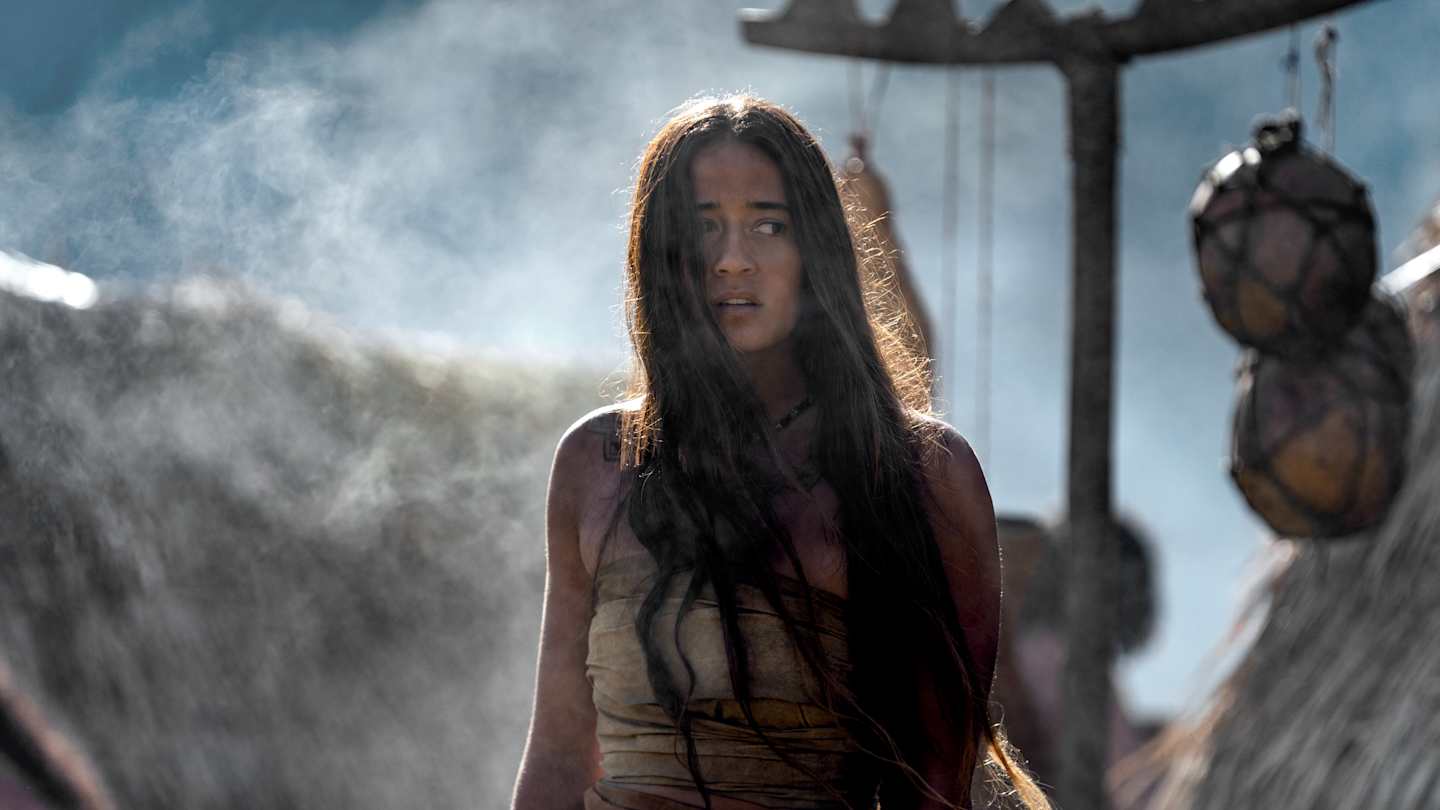
This section suggests a larger pattern in the saga: choices delayed in the name of prudence can prove costly when rivals exploit hesitation. While the character work remains compelling, some viewers may wish for a tighter, more action-forward push that aligns with the growing danger on the horizon. Yet the show’s willingness to linger with moral ambiguity adds texture to Kamehameha’s arc and foreshadows the difficult calls awaiting him in the finale.
Political Intrigue and Conflict Heighten Tensions
Parallel to Kamehameha’s inner turmoil, the episode explores O’ahu under King Kahekili’s unstable rule. The king’s slide into madness and Kupule’s failed assassination attempt introduce a volatile layer to the political chessboard, intensifying the sense that the islands are unraveling from within as outside forces press in. The writing keeps the human cost front and center, hinting at offscreen assaults and whispered betrayals that compound the stakes and deepen the sense that the coming battle will not be clean or easily won.
These power plays are not mere backdrop; they sharpen the overarching theme of fragmentation and the fragility of alliances across the archipelago. The production’s visual craft—blocking, costumes, and battle-ready silhouettes—complement the tense political mood and remind viewers that strategy is as real a threat as a sword in hand.
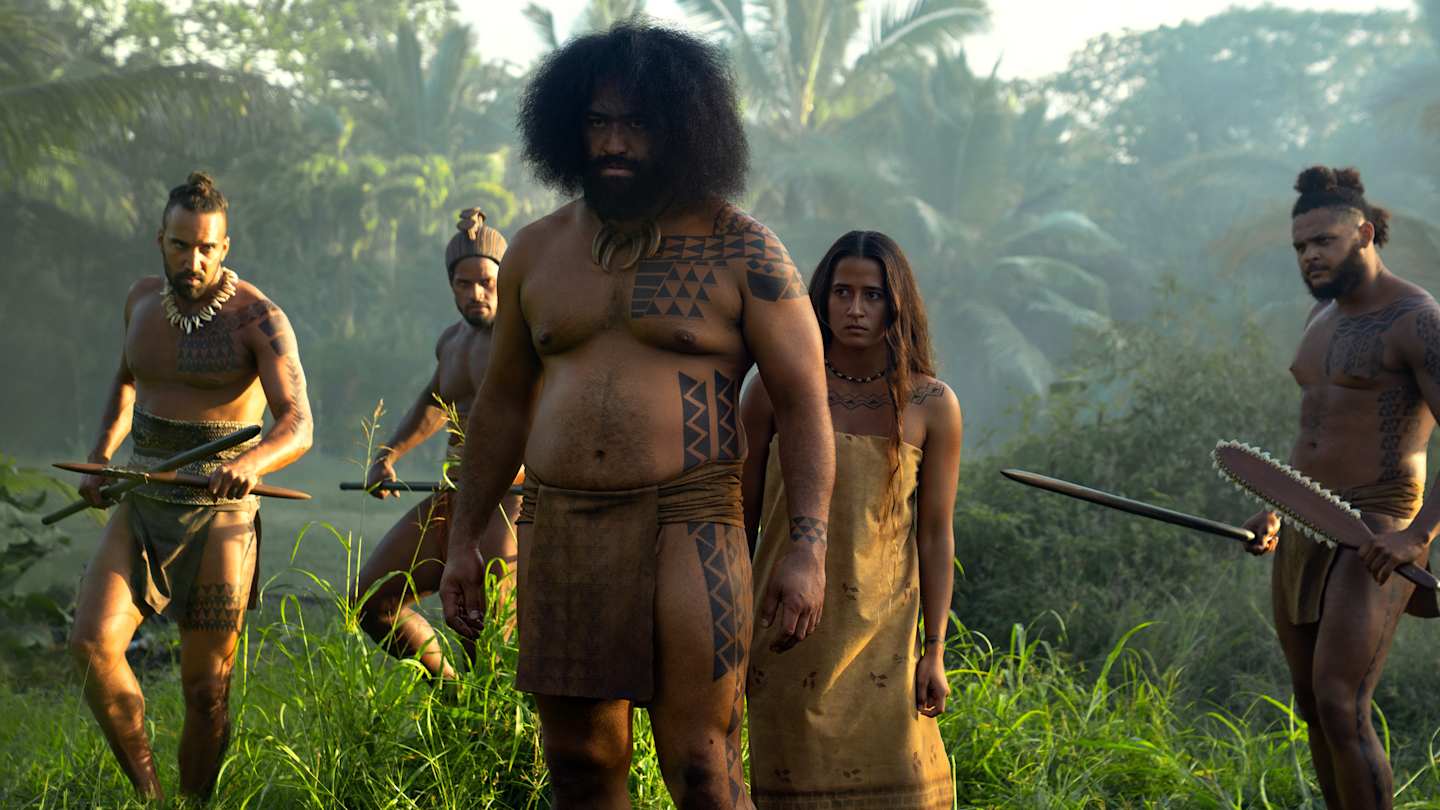
Preparing for the Final Battle: Lessons and Losses
As the episode progresses, Kamehameha begins to acknowledge the consequences of his inaction. Guided by Kupuohi’s counsel and driven by mounting tragedies, he opens himself to the necessity of change, even if the path remains uncomfortable. Ka’iani teaching him to use guns marks a symbolic turn—from cautious diplomacy to pragmatic, hard-nosed readiness. This shift tees up the anticipated unification battle and promises a more forceful lead-up in the finale, even as the current installment slows the pace in service of character and consequence.
We’re left with a sense that the island’s fate hinges not on a single decisive moment but on a series of painful recalibrations. The episode quietly emphasizes that leadership is a practice, not a single act, and that unifying a fractured archipelago will demand both courage and costly political maneuvering in equal measure.
Conclusion: Chief of War episode 8 Balances Stunning Imagery with Narrative Slowness
Chief of War episode 8 review: Brutal tragedy leads to more indecision from Kamehameha offers a stark look at how brutal events collide with political hesitation, shaping the series toward its finale. While the visuals dazzle and the character dynamics deepen, the pacing can feel sluggish at times, muting the momentum fans crave as the finale approaches. Still, the episode succeeds in painting a nuanced portrait of leadership under pressure and sets the foundation for a potentially dramatic culmination.
Looking ahead, fans will anticipate how the island-wide tensions finally resolve and whether the promised changes can translate into a decisive, unifying victory. For more thoughts, see Chief of War episode 8 review.
For Cobble Hill Blog readers, the finale remains the moment to stream, comment, and compare theories with the community as the story approaches its end. With the visuals still delivering and the performances deepening, the show invites you to stay engaged, weigh the choices of Kamehameha, and celebrate the craft behind this ambitious Apple TV+ saga.

